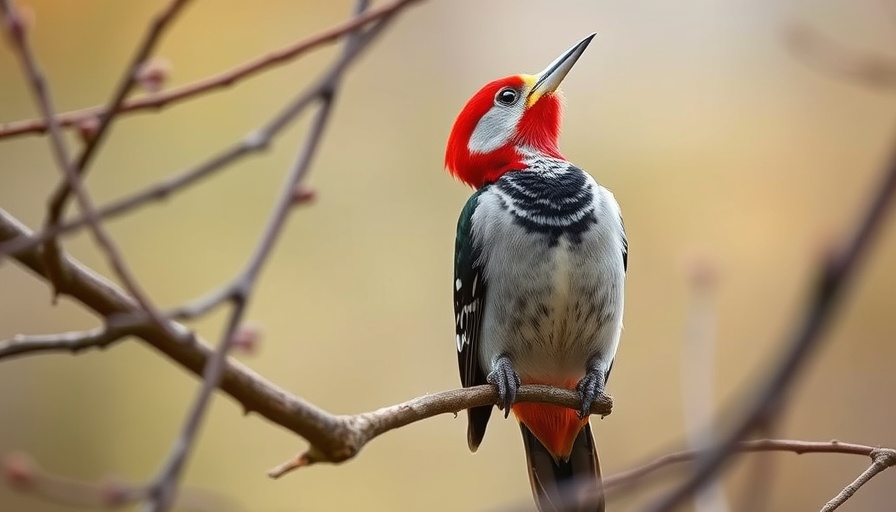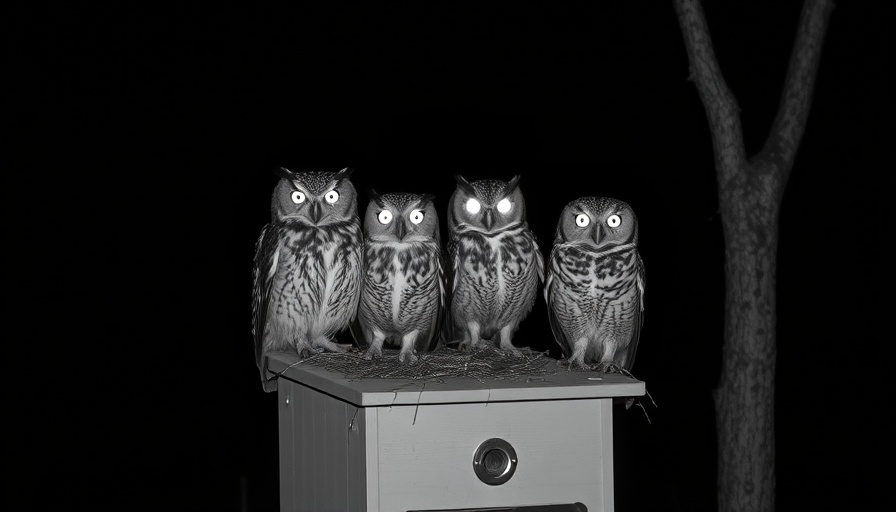
The Allure of Red-Headed Birds: A Closer Look
Birdwatching enthusiasts know the joy of spotting vibrant hues amid greens and browns. Among them, those with red heads, while not the most common, certainly stand out. Birds like the Northern Cardinal, Scarlet Tanager, and Summer Tanager showcase nature's ability to blend beauty with functionality—using their color to attract mates and establish territory.
Red-Headed Beauties of North America
Key species featuring stunning red heads include:
- Common Redpoll: This small finch is identified by its prominent red crown and rosy underbelly, nesting in northern climes before migrating south during winter.
- Acorn Woodpecker: A medium-sized bird famous for its black body and red head patch, it thrives in oak woodlands across western North America.
- Western Tanager: With a vibrant yellow body highlighted by a striking rose-red crown, this species migrates to Mexico for the winter, making them a delightful sight in various ecosystems.
Why the Color Red?
Coloration in birds plays a significant role in communication and mating. The vibrant red on male birds often signals health and vitality, traits that are attractive to potential mates. Less flashy counterparts, like female tanagers, tend to have muted colors, providing better camouflage against predators.
Exploring Regional Varieties and Habitats
In addition to those mentioned, birds such as the Pyrrhuloxia, or Desert Cardinal, add variety to the avian palette, primarily found in arid regions of the southwestern United States. Their contrasting grey and red hues make them both unique and picturesque.
Engage with Your Local Birdlife!
Understanding the traits of these red-headed birds elevates the experience of birdwatching, providing insight into their habitats and migratory patterns. Keep an eye out for these beauties, and consider contributing your findings to local bird counts or conservation efforts to help protect these species.
 Add Row
Add Row  Add
Add 




Write A Comment